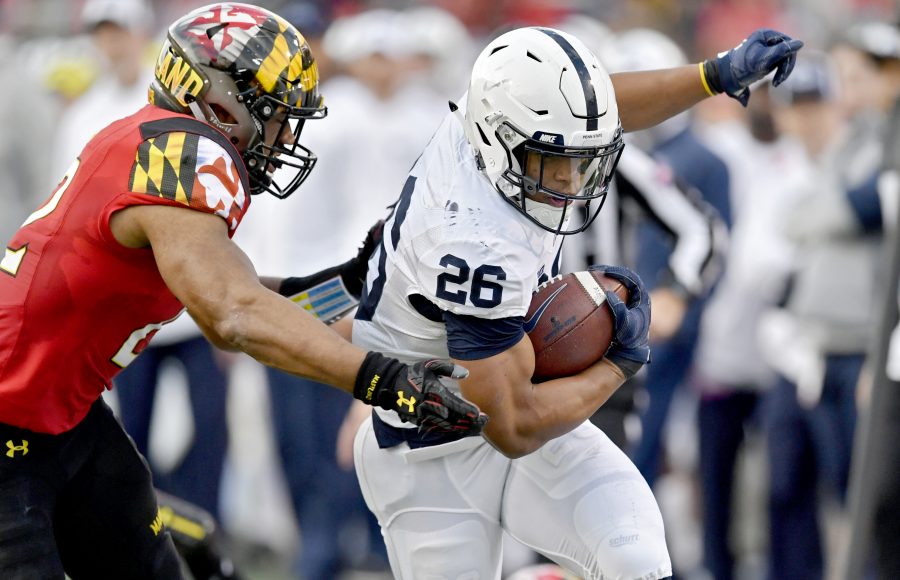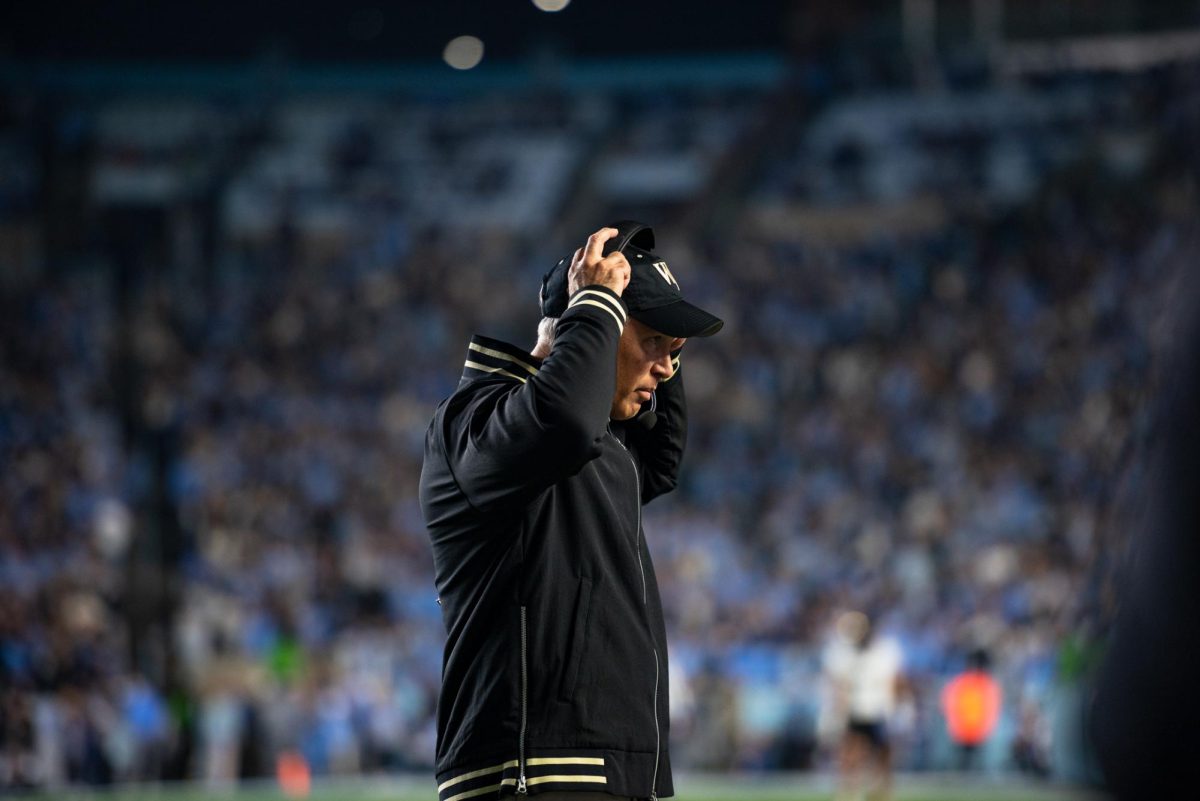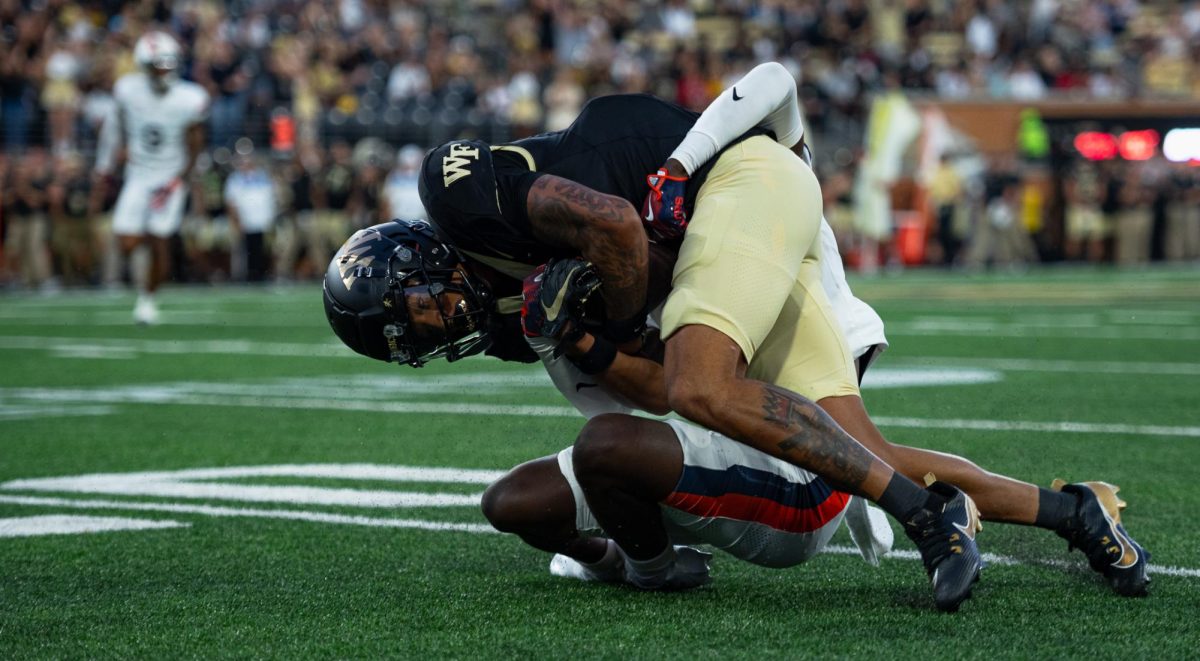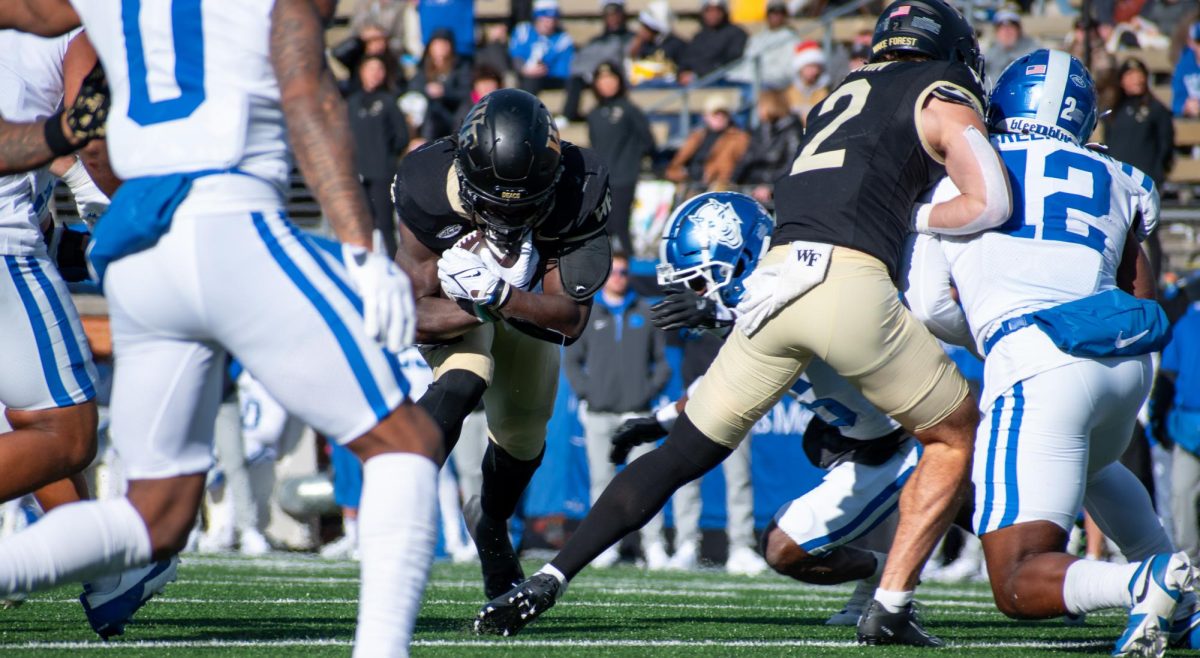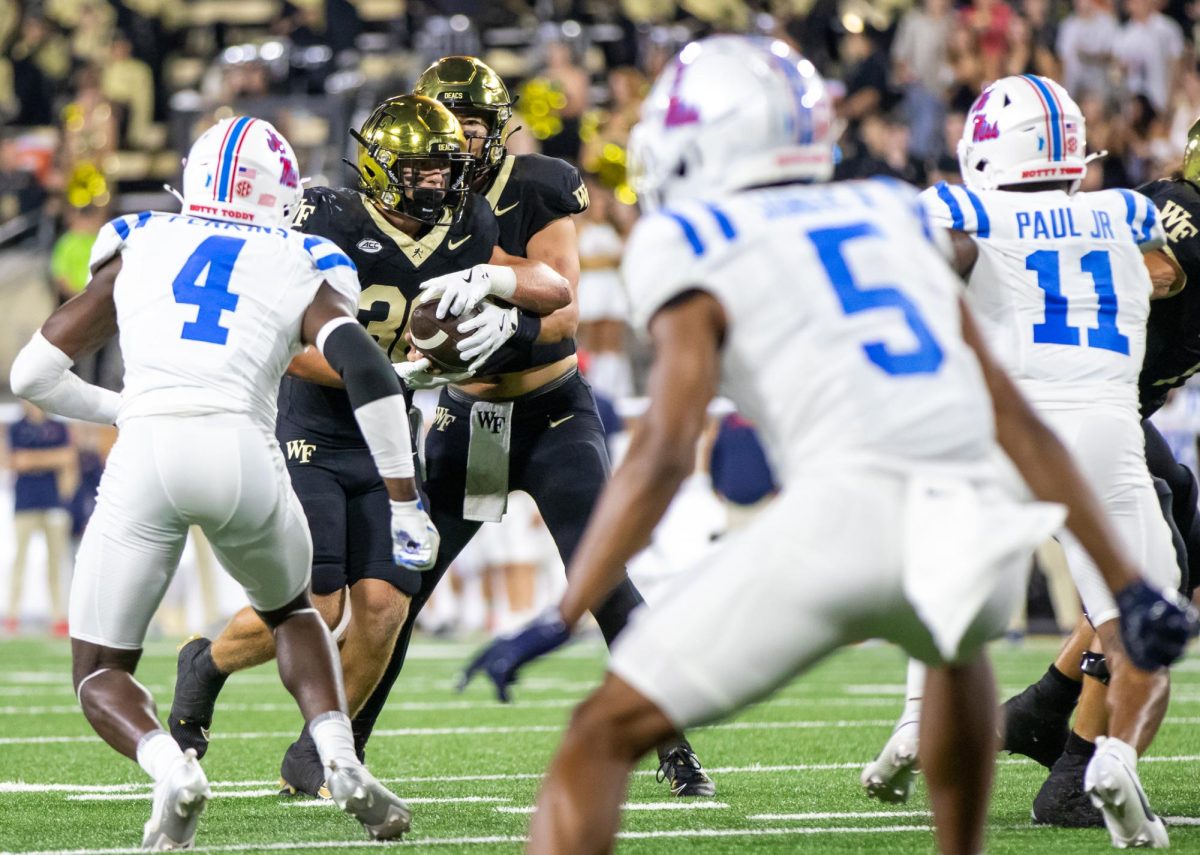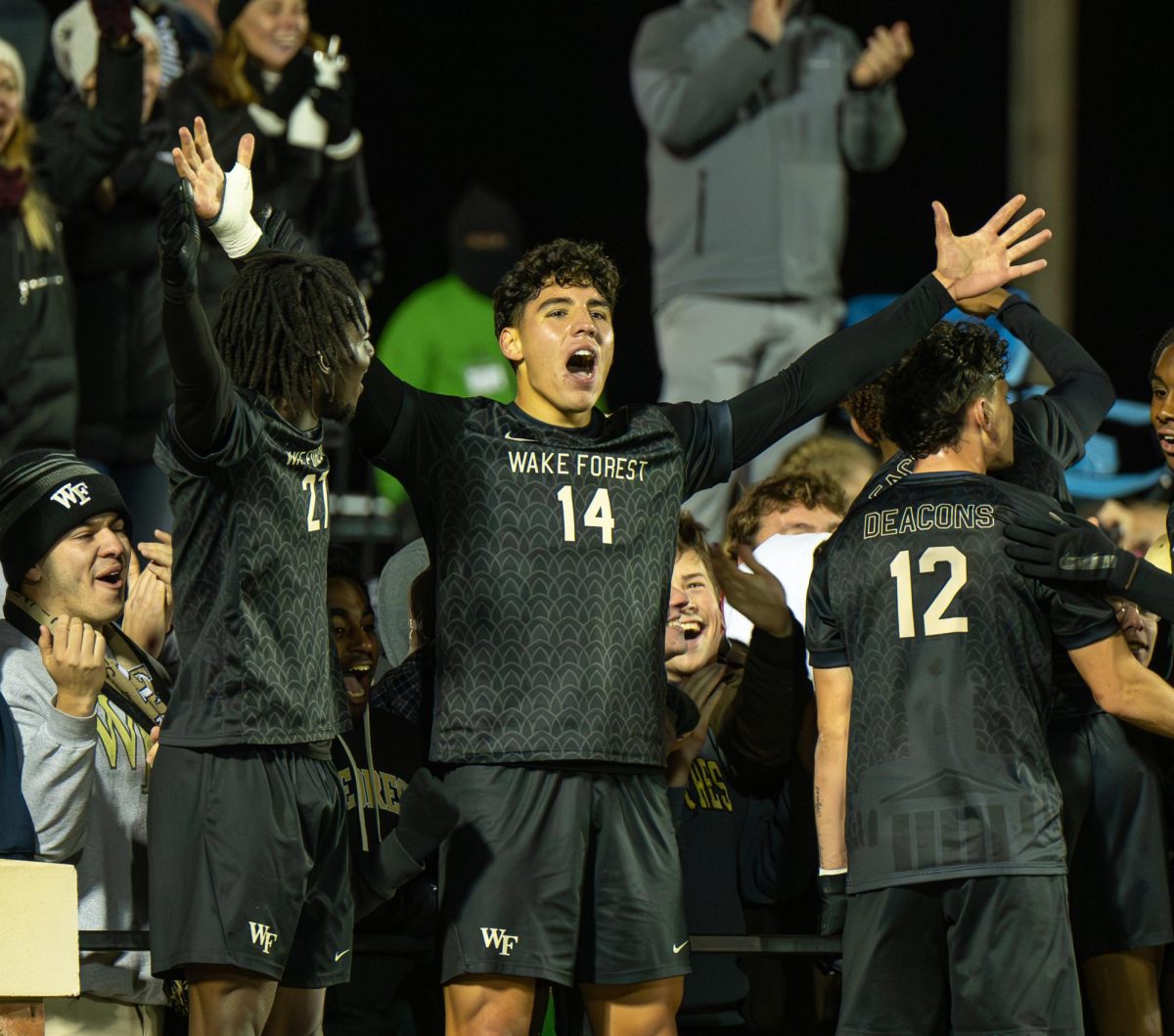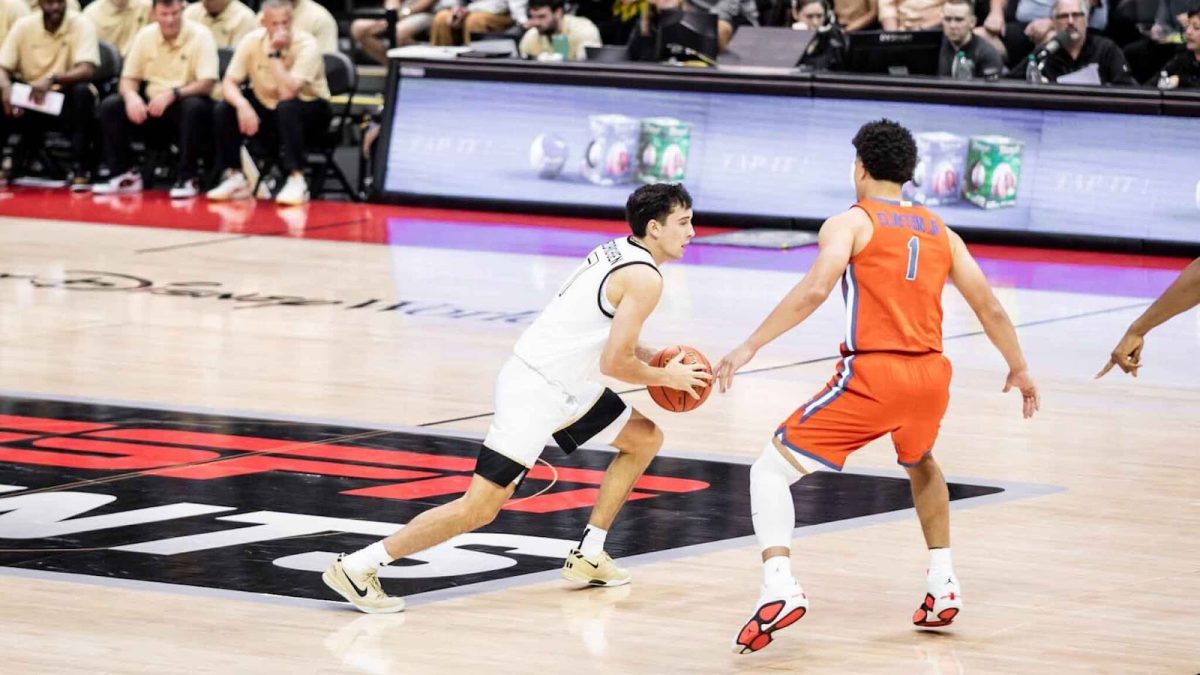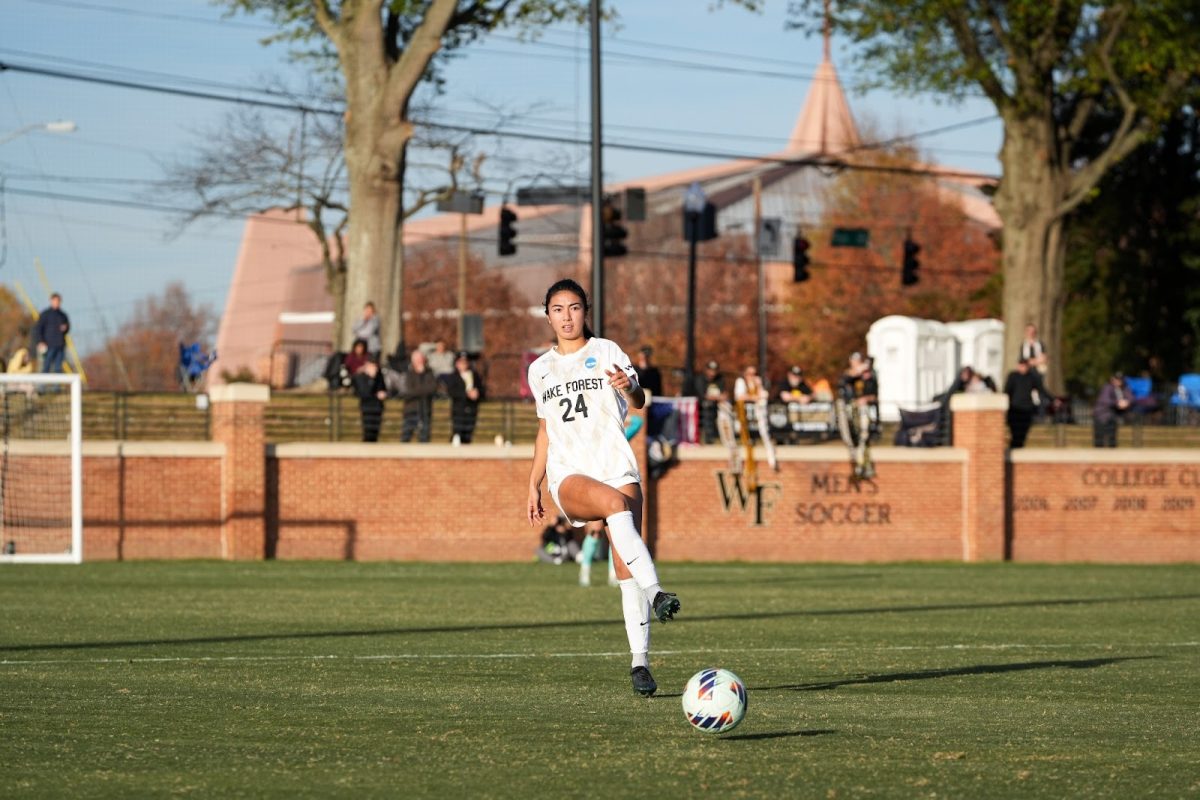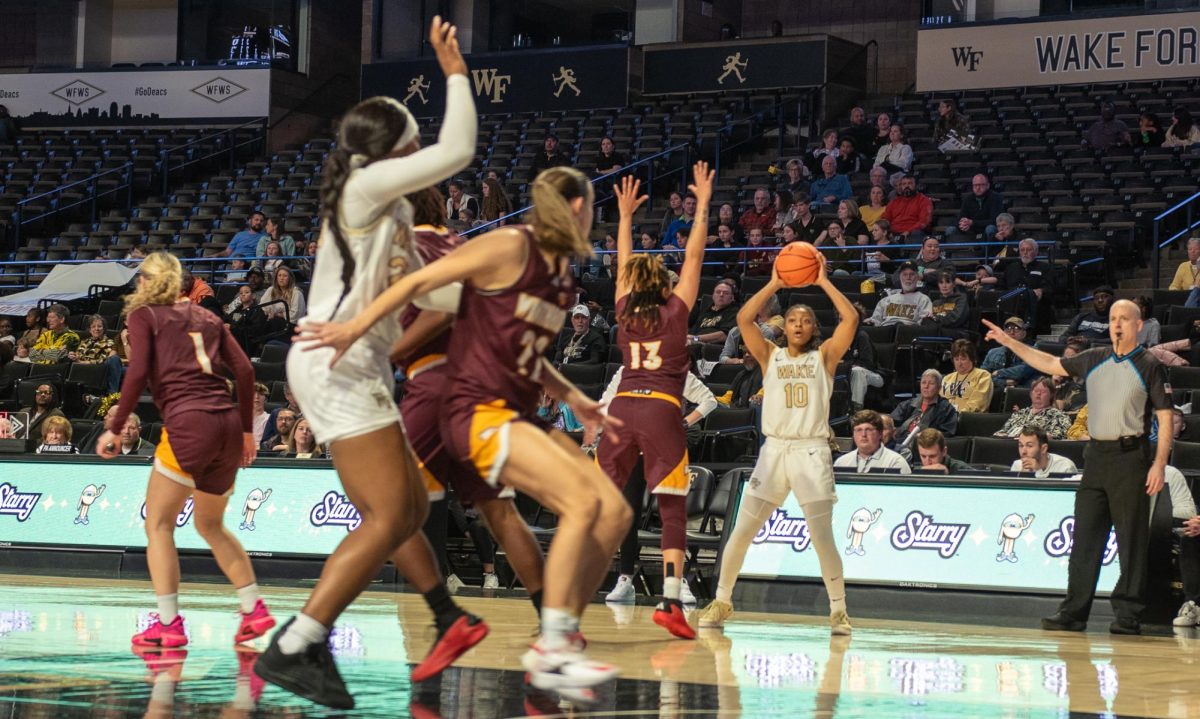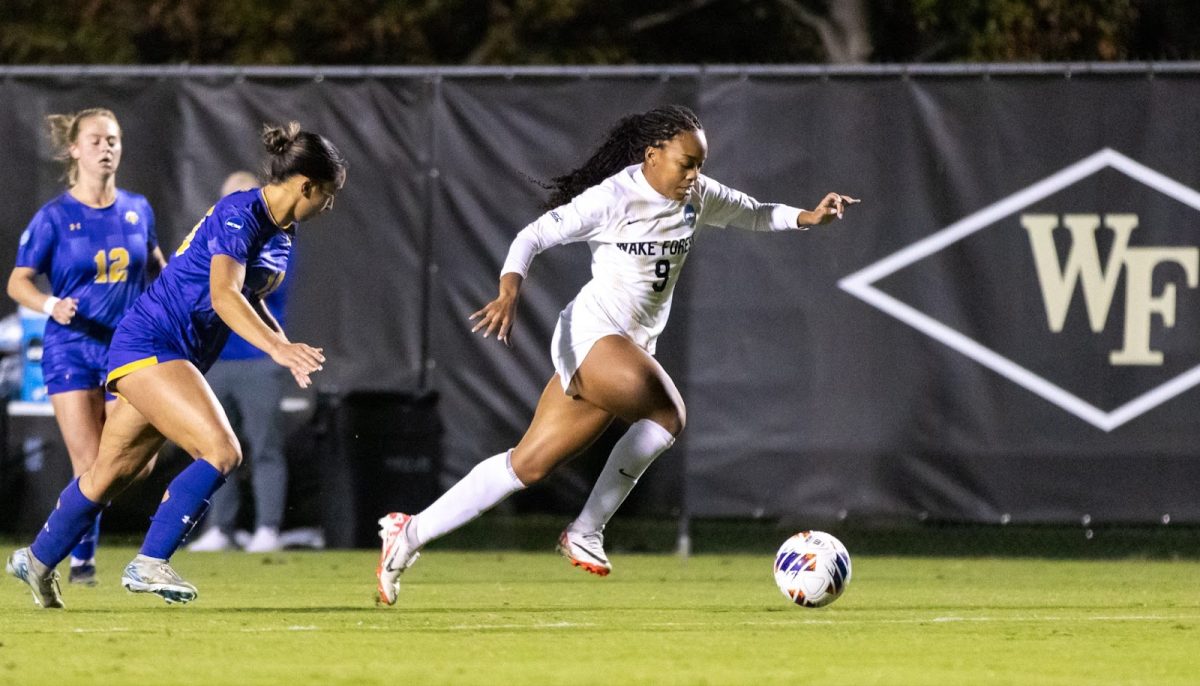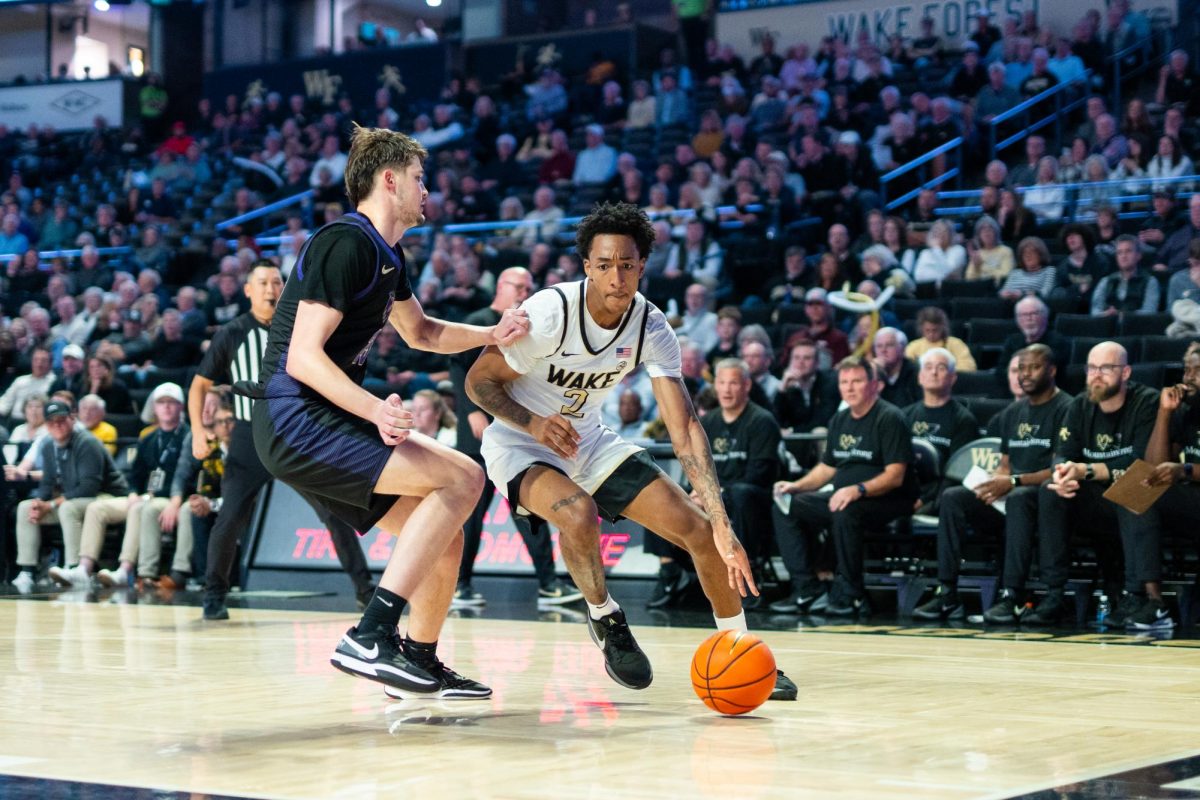Draft season is quickly approaching.Who will go off the board first? Darnold? Chubb? Allen? Barkley? I guess only time will tell.
Everyone is focused on the plethora of pro days, draft parties, exclusive gear and mock drafts. At times, all of the hype seems to overshadow the core of what goes on behind the scenes prior to the draft. In reality, the NFL hopefuls practice the exact drills and workouts that are assessed by each team, most famously the combine. This year, Jessie Bates III represented the Deacs at the combine with a great showing that potentially moved his ranks up in mock drafts. So what actually goes on at the combine and at collegiate pro days, and who traditionally shows well in each of the drills?
The most famous event by far is the 40-yard dash, similar to the 100-meter at the Olympic games. Athletes are separated by mere seconds that can make or break their draft stock. The goal of this drill is to watch for a start from a static position, looking for the potential to explode off the line of scrimmage in the game after an opponent or towards the end zone. Traditionally looked at for smaller, quicker guys like a running back or cornerback, it’s an important benchmark for offensive or defensive linemen who will spring to action from a static, hunched-over position. A faster time for someone in this position would signal he may have the potential to fire off the ball and improve draft stock.
The bench press is a sheer test of strength with repeated reps of 225 pounds as many times as possible. It’s an endurance event that demonstrates how hard the athletes have worked in college at their lifts. It’s overrated given the small amount of people who thrive at it who might not do well at other things. This year a cool story was about UCF’s Shaquem Griffin, who put up 20 bench press reps with a prosthetic hand.
Jumping tests are also of key importance in measuring NFL potential, as the entire game moves at a fast pace and the ability to maneuver well is key. In the broad jump, the athlete simply leaps out as far as he possibly can from a standing position.
It is a great measure of explosiveness and balance that will be helpful on the field moving forward. A long, lean athlete typically thrives at this, so if someone that lacks height thrives they can boost their draft stock.
On the other hand, the vertical jump is all about power in the lower body. You start flat-footed and jump up as high as you can, something that is important in many of the down-field positions. This gives them an edge to either catch or intercept passes.
There are also two cone drills that test both ball-handling and overall skill of the potential players. The three-cone drill is a test of agility, essentially winding around a series of cones at a fast pace to show control and balance in addition to speed. The shuttle run, on the other hand, tests their balance of explosiveness and control, as the athletes have to both change directions and keep up a high speed. This drill is somewhat underrated, as it truly tests quickness and is normally a good display for the truly elite athletes in the draft class.
In reality, it comes down to connections, individual team workouts and interviews with the various teams a lot of the time, but these benchmark drills get many athletes foot in the door, who may not otherwise be seen.


